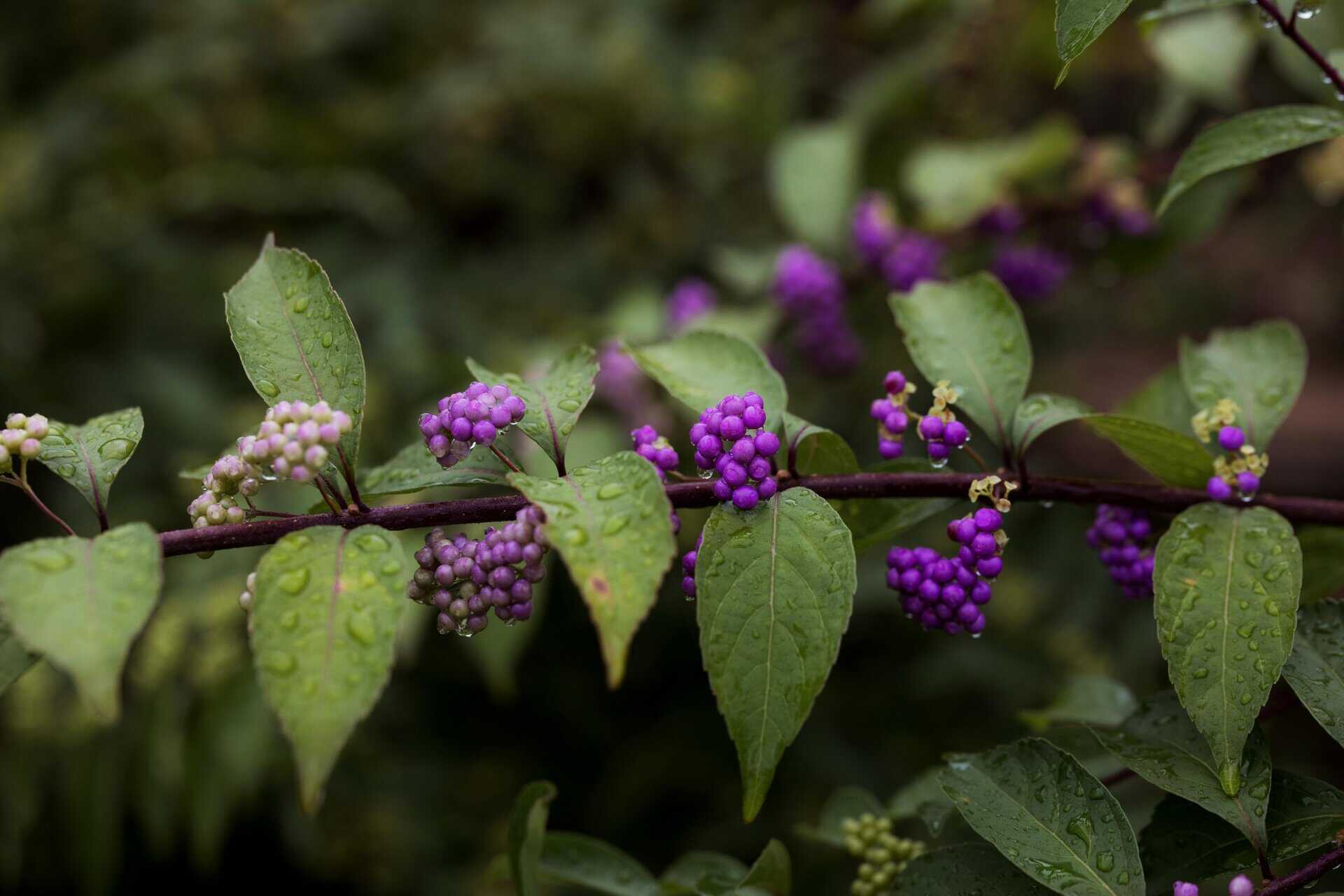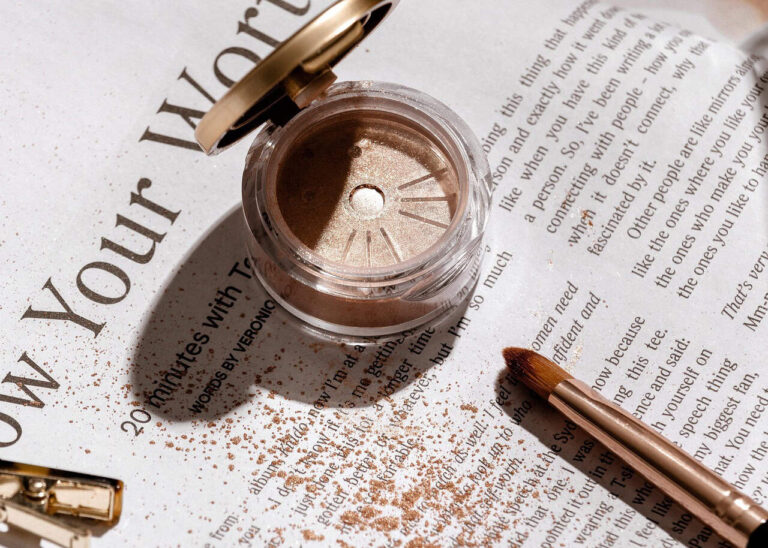Don’t Prune These 9 Plants in Fall: Experts Are Warning Gardeners
As the morning fog settles in and leaves begin their golden descent, it’s natural to feel the urge to clean out garden beds, trim back what looks unruly and wild, and prepare the landscape for winter’s rest. Don’t prune until you know what might be better left as is. Fall feels like the perfect time to tidy up. But before reaching for the shears, gardeners should pause. Experts warn that pruning certain plants in the fall can stunt spring growth, damage winter resilience, and even eliminate next season’s blooms.
Understanding which plants to leave untouched during fall cleanup is essential for a thriving garden come spring. Some perennials and shrubs rely on their current structure to protect against frost, feed wildlife, or set buds for next year. Pruning too early can disrupt these natural cycles and leave plants vulnerable.
Why You Shouldn’t Prune in Fall
The instinct to tidy up everything crunchy is strong but fall pruning can backfire. Many plants begin setting buds for spring during late summer and early fall. Cutting them back now removes those buds, reducing or eliminating next season’s flowers. Others use their stems and seed heads to insulate against cold or provide food for birds and pollinators. Leaving these plants intact supports both garden health and local ecosystems.
Additionally, pruning stimulates growth. In fall, this can lead to tender new shoots that won’t survive winter temperatures. Waiting until late winter or early spring allows plants to rest naturally and ensures pruning encourages healthy regrowth.
Don’t Prune These 9 Plants in Fall
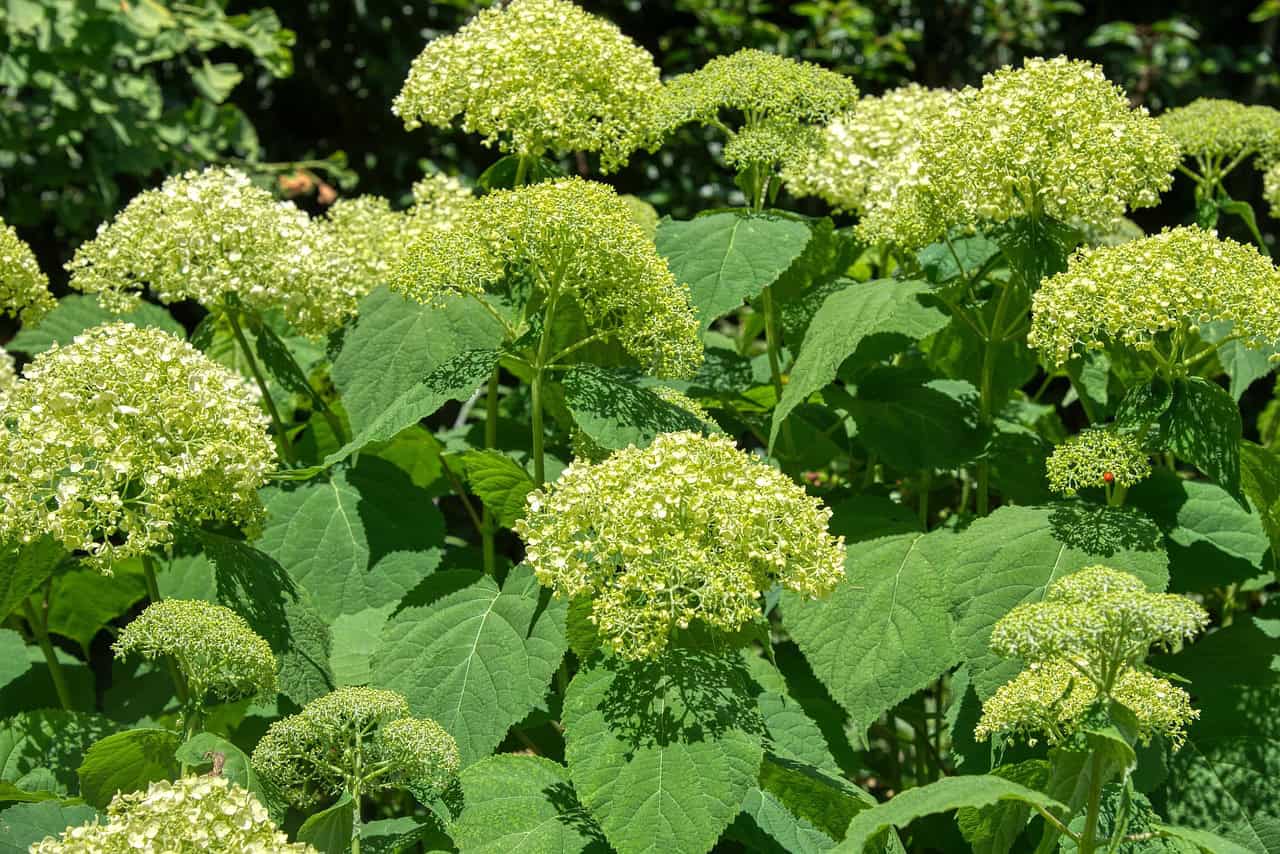
1. Hydrangea
Hydrangeas are beloved for their lush summer blooms, but many varieties—especially bigleaf and oakleaf—bloom on old wood. Pruning in fall removes the buds already formed for next year. Leave the stems and faded blooms intact through winter. Prune only after flowering in late spring or early summer.
2. Lilac
Lilacs set their flower buds shortly after blooming. Fall pruning cuts off those buds, reducing spring flowers. Instead, prune immediately after the bloom fades in early summer. Let the woody stems stand through winter for best results.
3. Forsythia

Known for its cheerful yellow blooms, forsythia also flowers on old wood. Fall pruning will rob it of its spring show. Wait until after it blooms in early spring to shape or thin the plant.
4. Azalea and Rhododendron
These shade-loving shrubs begin forming flower buds in late summer. Pruning in fall removes those buds and can stress the plant. Leave them be until after spring flowering, then prune lightly if needed.
5. Coneflower (Echinacea)
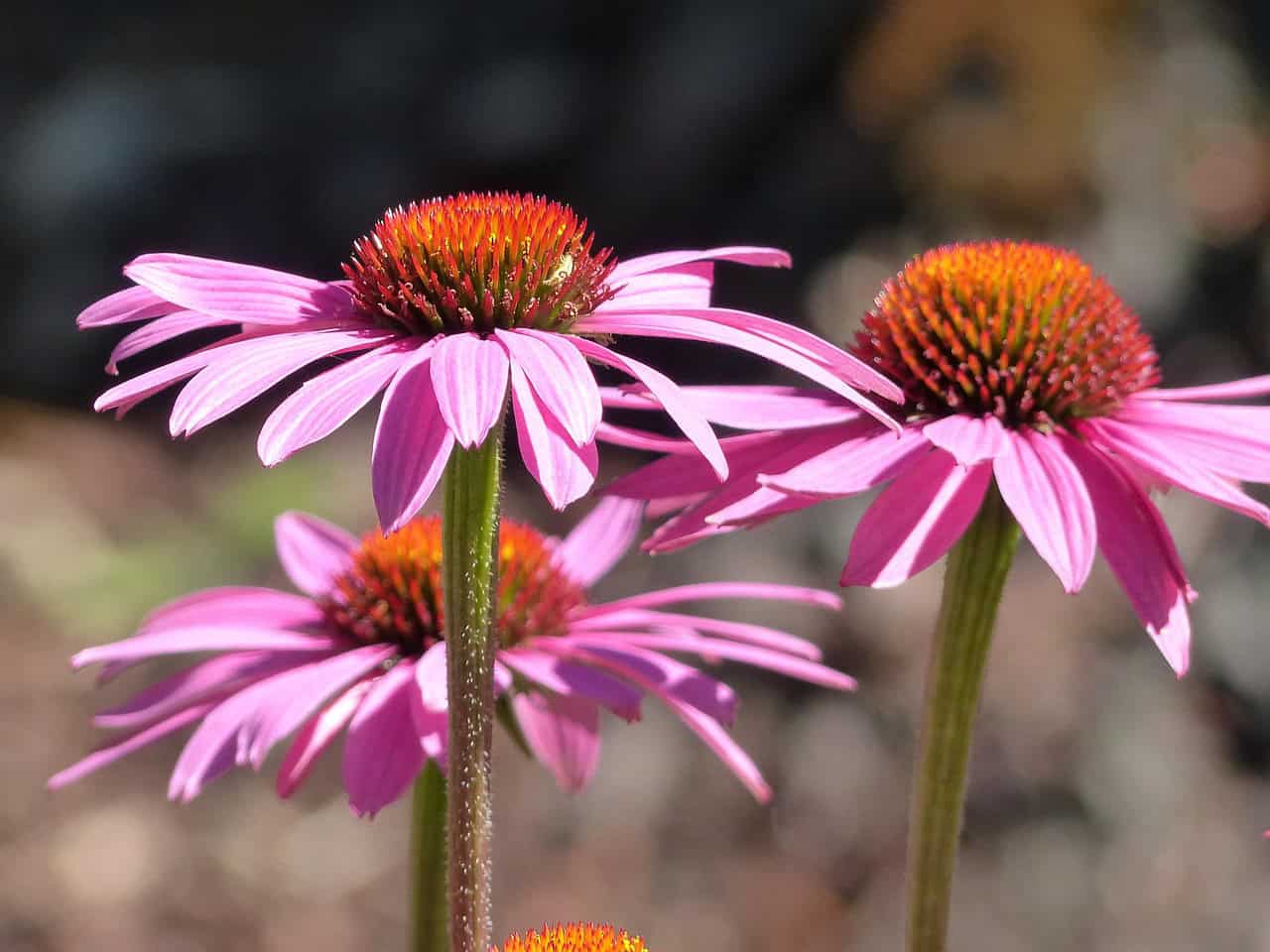
Coneflowers offer more than summer color—their seed heads feed birds like goldfinches through winter. The dried stalks also help insulate the crown. Leave them standing until early spring, then cut back to encourage new growth.
6. Russian Sage
This airy perennial benefits from its woody stems staying intact through winter. They protect the plant’s base from frost and add structure to the winter garden. Prune back in early spring once new growth appears.
7. Globe Thistle
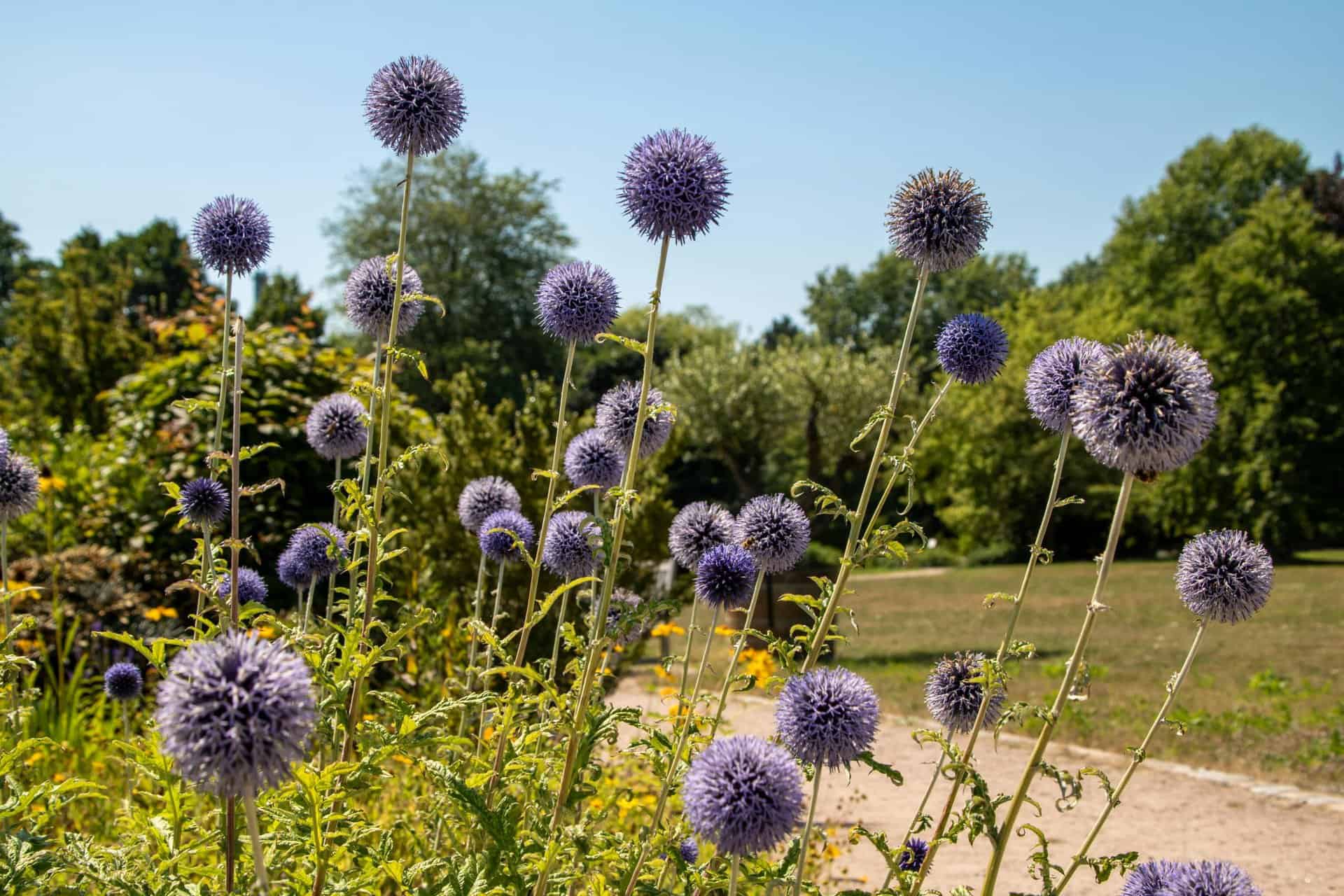
With its spiky blue blooms and dramatic seed heads, globe thistle adds texture even after flowering. Birds love the seeds, and the dried heads look striking against snow. Leave them until late winter, then trim to the base.
8. Beautyberry (Callicarpa)
American beautyberry is famous for its vibrant purple berries that cluster along arching stems. These berries feed birds and add a splash of color to the fall landscape. Pruning now removes the berries and weakens the plant’s winter interest. Wait until early spring to shape.
9. Butterfly Bush

Though it may look messy in fall, butterfly bush should not be pruned until spring. Cutting it back now can lead to frost damage. Let the woody stems stand, then prune hard in late March or early April to encourage lush growth.
Let the Garden Rest and Bloom Again
Fall is a season of transition, not termination. By resisting the urge to prune certain plants, gardeners allow nature to follow its rhythm. Seed heads feed wildlife, stems protect roots, and buds quietly prepare for spring’s return. A garden left gently untouched in fall often rewards with richer blooms, stronger growth, and deeper ecological harmony.
So as the season winds down, let the garden rest. Spread happiness and seeds. And trust that sometimes, the best care is simply letting things be.
Disclaimer: This article is for informational purposes only and does not constitute horticultural or ecological advice. Always consult local gardening experts or extension services for region-specific guidance.

